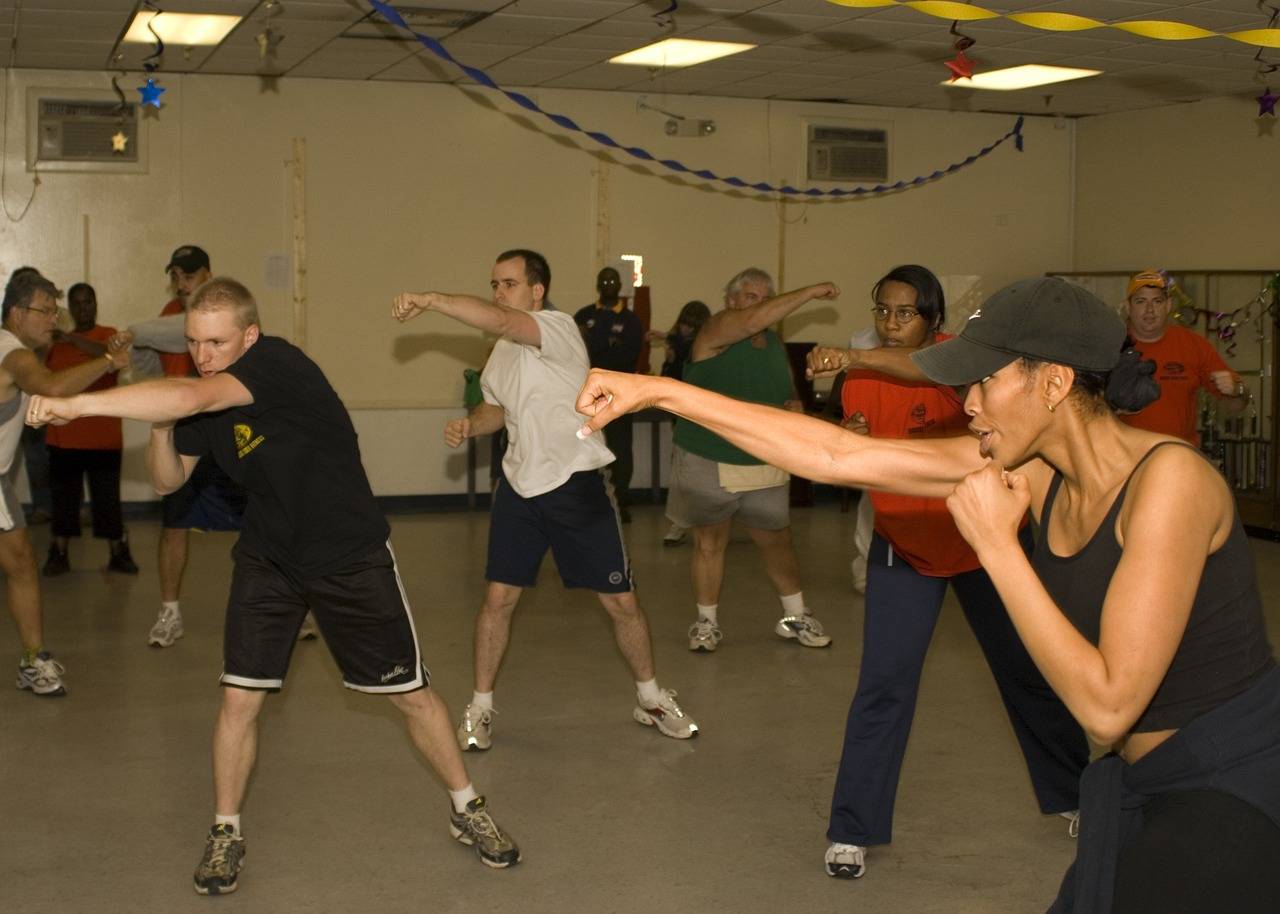Creating Safe Spaces: Addressing Bullying and Harassment in Schools
Bullying in schools can take various forms, with each type impacting students differently. One common type is verbal bullying, which involves name-calling, teasing, or making hurtful comments towards a peer. This form of bullying can have detrimental effects on a student’s self-esteem and mental well-being. It is essential for educators and parents to pay attention to the language used by students to identify instances of verbal bullying.
Another prevalent type of bullying is physical bullying, which includes any form of physical harm inflicted on a student by their peers. This can range from hitting, kicking, pushing, or any other form of physical aggression. Physical bullying not only poses a risk to the victim’s physical health but also contributes to a hostile and unsafe school environment. It is crucial for schools to have measures in place to prevent and address instances of physical bullying effectively.
Understanding the Impact of Bullying on Students
Bullying in schools can have devastating effects on students’ mental and emotional well-being. Victims of bullying often experience increased stress, anxiety, and feelings of isolation. These negative experiences can lead to decreased academic performance and a decline in overall self-esteem.
Furthermore, the impact of bullying can extend beyond the classroom, affecting students’ social interactions and relationships. It can create a hostile school environment that hinders students’ ability to thrive and succeed. It is crucial for educators and parents to be vigilant in identifying signs of bullying and providing the necessary support and resources to students who are affected by it.
Recognizing Signs of Harassment in Educational Settings
Bullying and harassment in educational settings can have devastating effects on students. It is crucial for educators and parents to be vigilant in identifying signs of harassment among students. One common sign is a sudden change in behavior, such as becoming withdrawn or avoiding certain places or people at school. Students may also exhibit physical symptoms like headaches or stomach aches, which could be a result of the stress and anxiety caused by harassment.
Another sign of harassment in educational settings is a decline in academic performance. If a student who was previously doing well in school suddenly starts to struggle academically, it may be worth exploring whether they are being targeted by their peers. Additionally, changes in eating or sleeping patterns, as well as unexplained bruises or injuries, could indicate that a student is experiencing harassment. Being attuned to these signs and taking appropriate action can help create a safe and supportive environment for all students.





